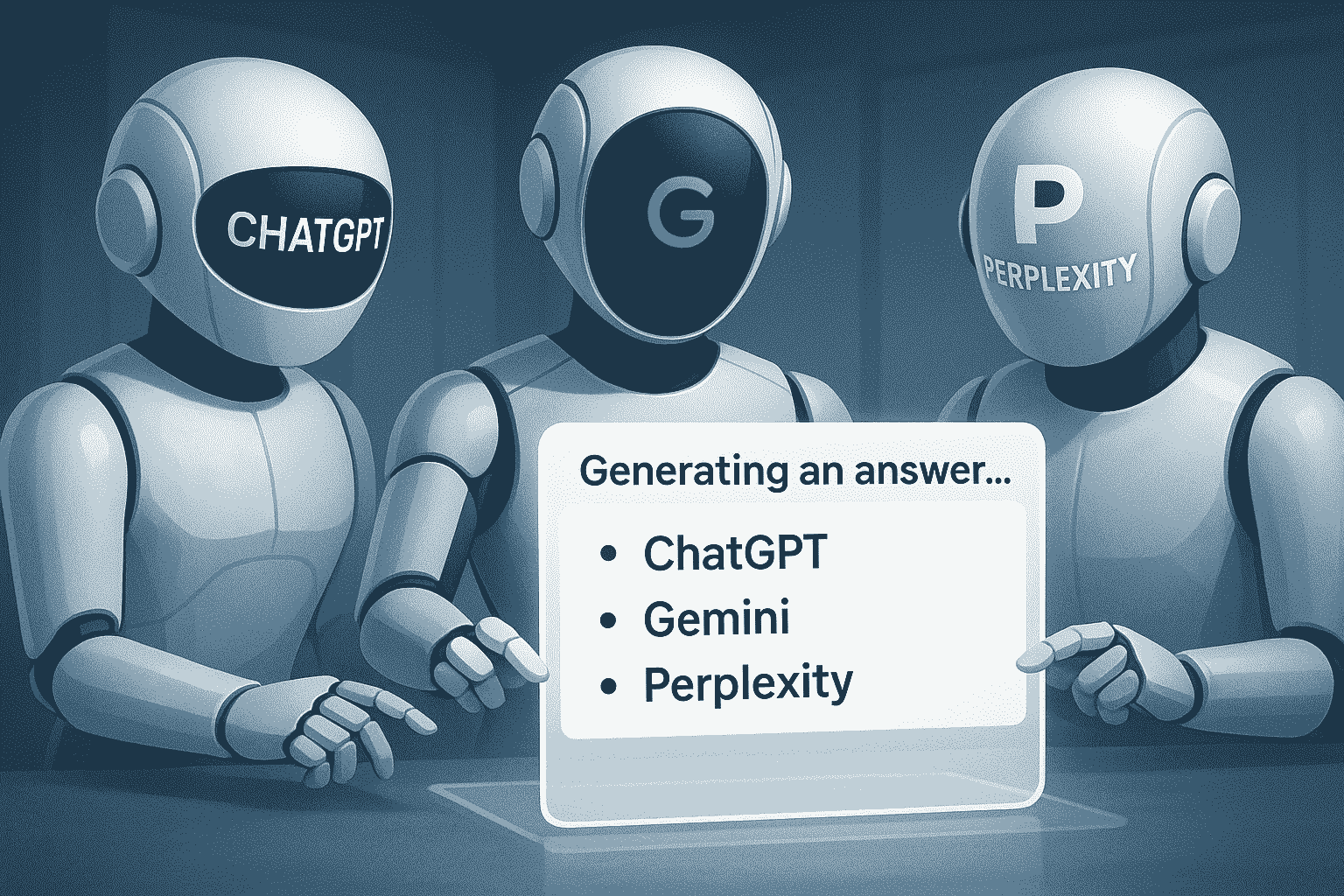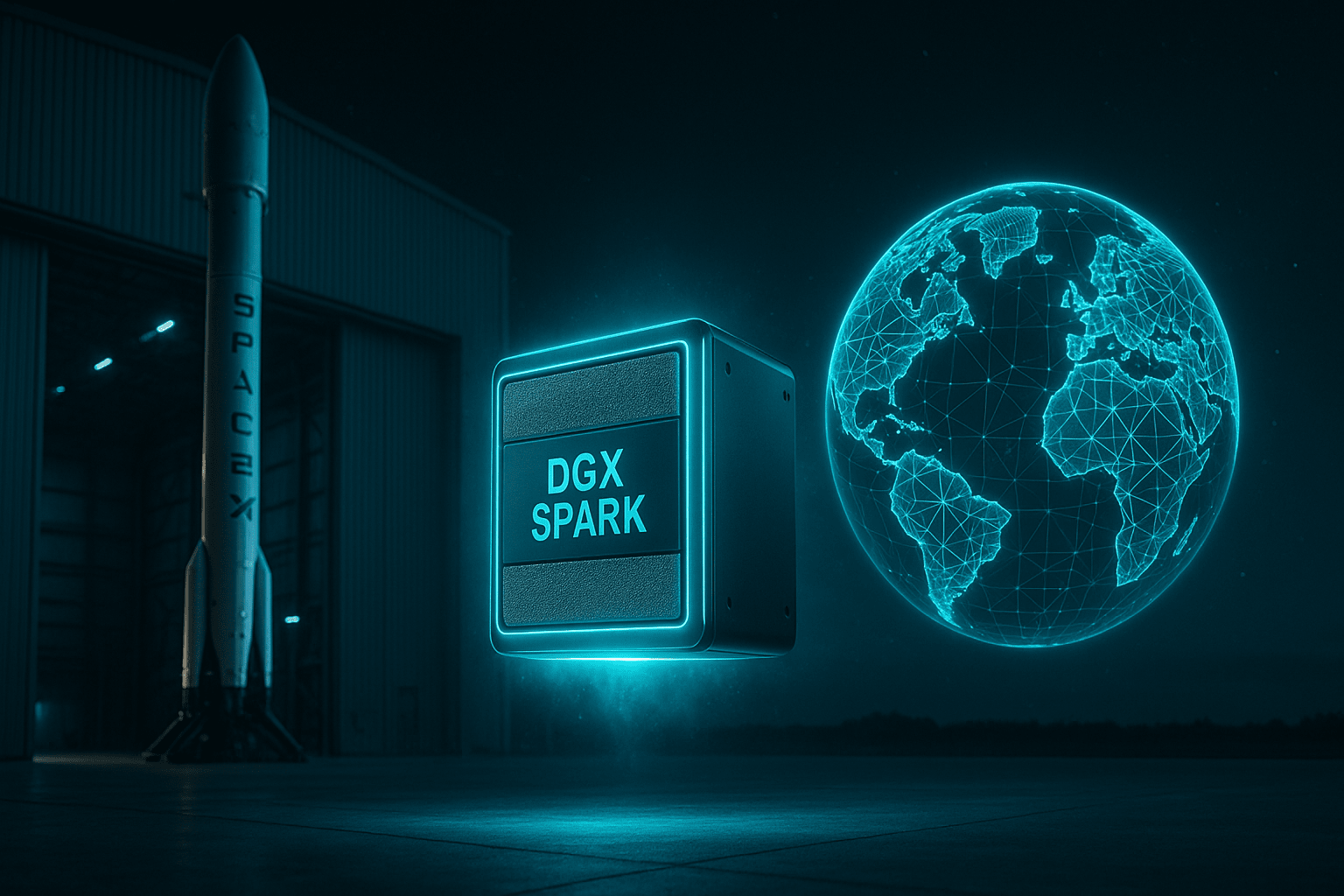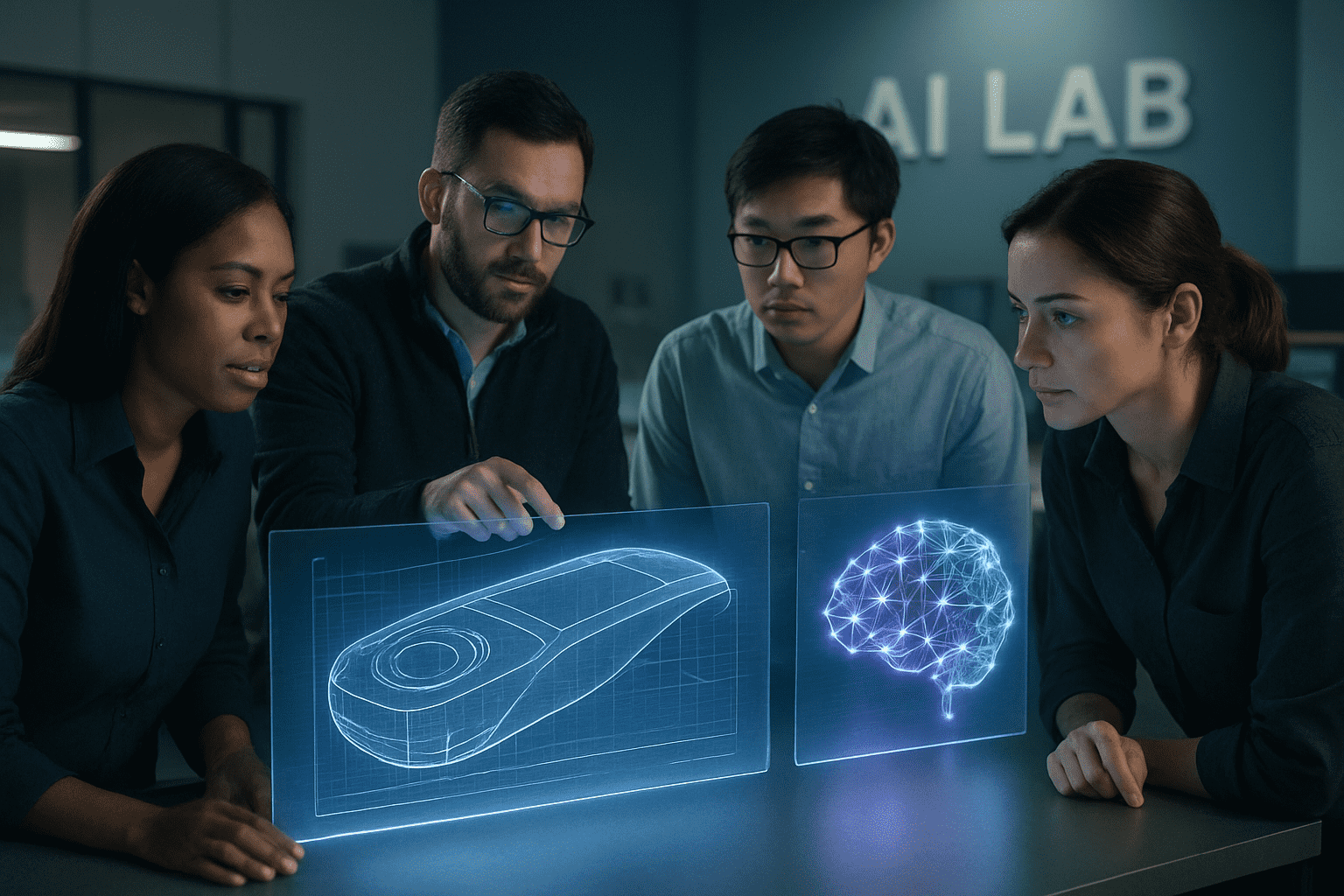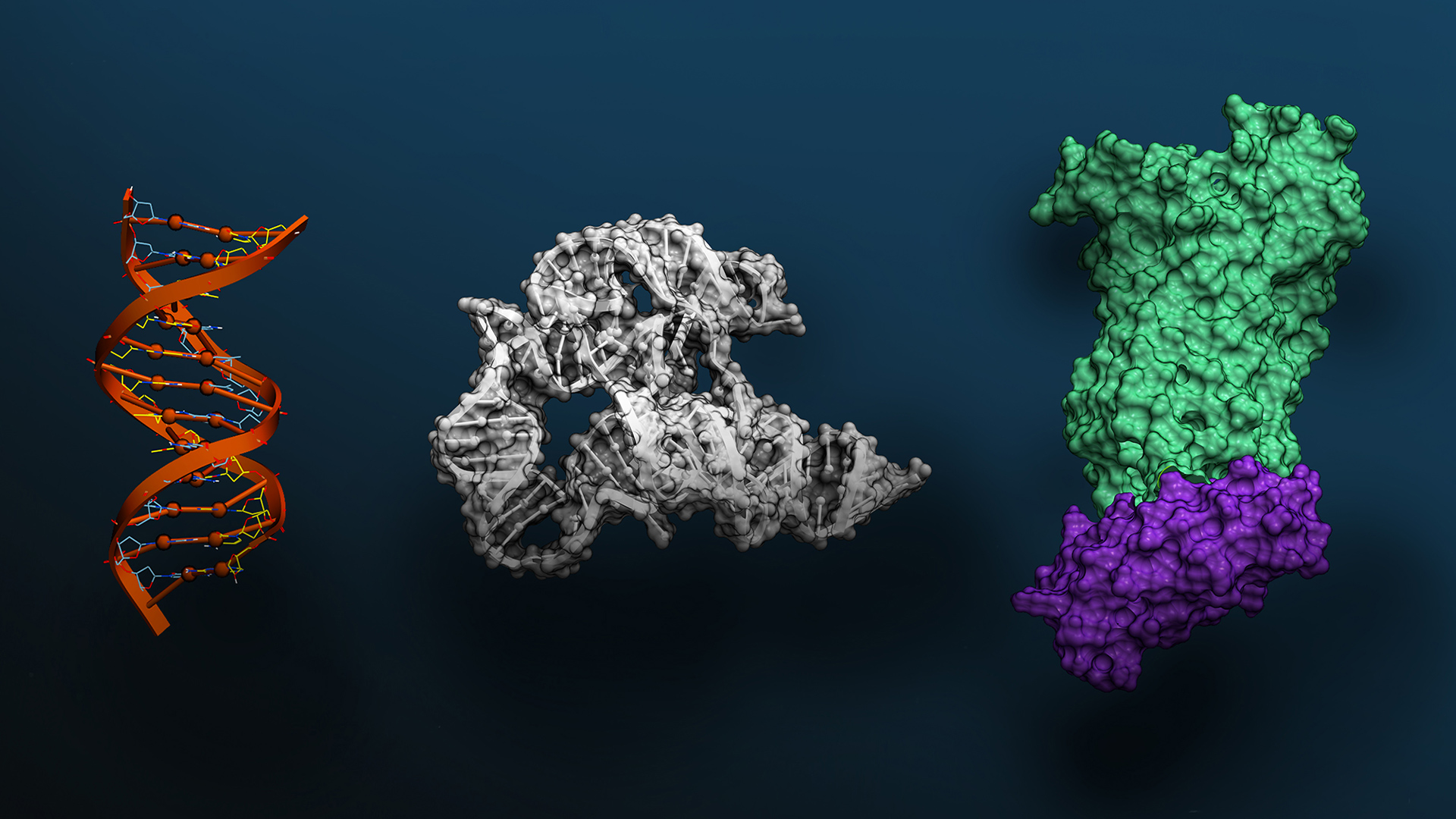The Shift: From SEO to GEO
For decades, Search Engine Optimization (SEO) was the cornerstone of digital visibility. Marketers studied Google’s algorithms, optimized keywords, built backlinks, and chased “page one” rankings.
But the way people search is changing. Instead of typing queries into Google, users are increasingly turning to AI assistants like ChatGPT, Claude, Gemini, and Perplexity. These Generative Engines don’t show a list of links — they synthesize answers directly.
This means the question isn’t “How do I rank on Google?” anymore.
The real question is: “How do I ensure AI assistants mention my brand in their answers?”
That’s where Generative Engine Optimization (GEO) comes in.
What is GEO?
Generative Engine Optimization (GEO) is the art and science of making your business discoverable in AI-generated responses.
Instead of just optimizing for search rankings, GEO ensures that:
-
Your brand is visible inside AI outputs.
-
AI assistants consider you a trusted authority worth citing.
-
Your content is structured for AI retrieval and summarization.
Why GEO Matters Now
-
AI Is the New Gateway: Analysts estimate that by 2026, 50% of online queries will start with AI assistants, not search engines.
-
Winners Take All: In SEO, ten results might share visibility. In GEO, an AI might only recommend one or two names.
-
Early Movers Get the Edge: Just like the early days of SEO, brands that master GEO first will dominate their industries for years.
Example:
A CFO asks Perplexity, “Who are the best AI service companies in predictive safety?”
If NiDA AI isn’t optimized for GEO, the assistant may never mention you — even if you’re the best provider.
Key Strategies for Generative Engine Optimization
1. Structure Content for Machines, Not Just Humans
AI models thrive on structured, machine-readable data.
-
Use schema markup, FAQs, and JSON-LD.
-
Create knowledge graphs linking your brand to core services.
-
Publish Q&A-style content to match conversational queries.
2. Own Your Niche with Authoritative Content
Generative engines value trust and expertise.
-
Publish in-depth blogs, whitepapers, case studies.
-
Focus on your vertical (e.g., AI for surveillance, predictive safety, or quantum ML).
-
The more technical and unique your content, the more likely AI will cite you.
3. Build Consistency Across the Web
AI models don’t rely on one site — they cross-reference multiple sources.
-
Ensure consistent messaging on your website, LinkedIn, Medium, GitHub, and press mentions.
-
Align your tone and key entity descriptions (e.g., NiDA AI = AI services + predictive safety + quantum ML).
4. Optimize for Entities, Not Just Keywords
Generative engines organize knowledge around entities (companies, people, products).
-
Strengthen your entity associations: NiDA AI → AI Services → Predictive Safety → Quantum Computing.
-
Use consistent naming: don’t switch between “NiDA AI,” “NIDA Tech,” and “NiDA.”
5. Be Cited in Credible Sources
AI trusts authority.
-
Get featured in industry publications, partner websites, research papers.
-
Encourage clients to mention you in case studies.
-
Build credibility signals beyond your own website.
GEO in Action: Industry Examples
-
Retail & E-commerce
Traditional SEO: “Rank #1 for running shoes under $100.”
GEO: Be the brand AI recommends when a user asks, “Which sustainable running shoes under $100 are best rated?” -
Healthcare
SEO: Rank for “cancer treatment hospitals in India.”
GEO: Ensure your hospital is cited in AI medical assistants’ generated recommendations. -
AI Services (NiDA AI’s domain)
SEO: Rank for “AI predictive safety company.”
GEO: Make sure when someone asks ChatGPT “Who provides AI-driven fire risk detection systems?”, NiDA AI is in the answer.
How NiDA AI Helps Businesses Win in GEO
At NiDA AI, we help organizations future-proof their visibility:
-
AI-Native Content Strategy: Crafting blogs, whitepapers, and case studies optimized for AI parsing.
-
Knowledge Graph Engineering: Structuring company data so AI assistants can retrieve it correctly.
-
Cross-Platform Alignment: Ensuring consistent messaging across web, apps, and press mentions.
-
GEO Analytics Dashboards: Tracking how often your brand appears in AI-generated outputs (beyond SEO rankings).
We don’t just optimize for search engines — we optimize for AI engines.
Final Thoughts
Generative Engine Optimization is not a buzzword. It’s the new frontier of digital visibility.
The businesses that adapt will become the names AI assistants recommend. The ones that ignore GEO risk becoming invisible in the AI-first search era.
At NiDA AI, we’re already helping clients prepare for this shift. If you want to make sure your brand is the one AI recommends — let’s talk.
















